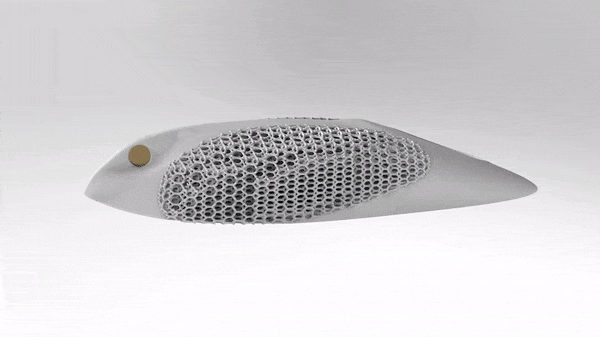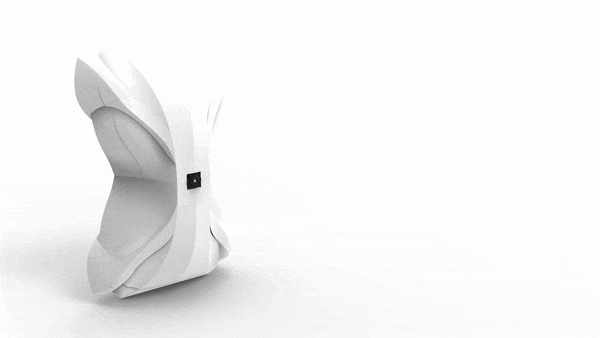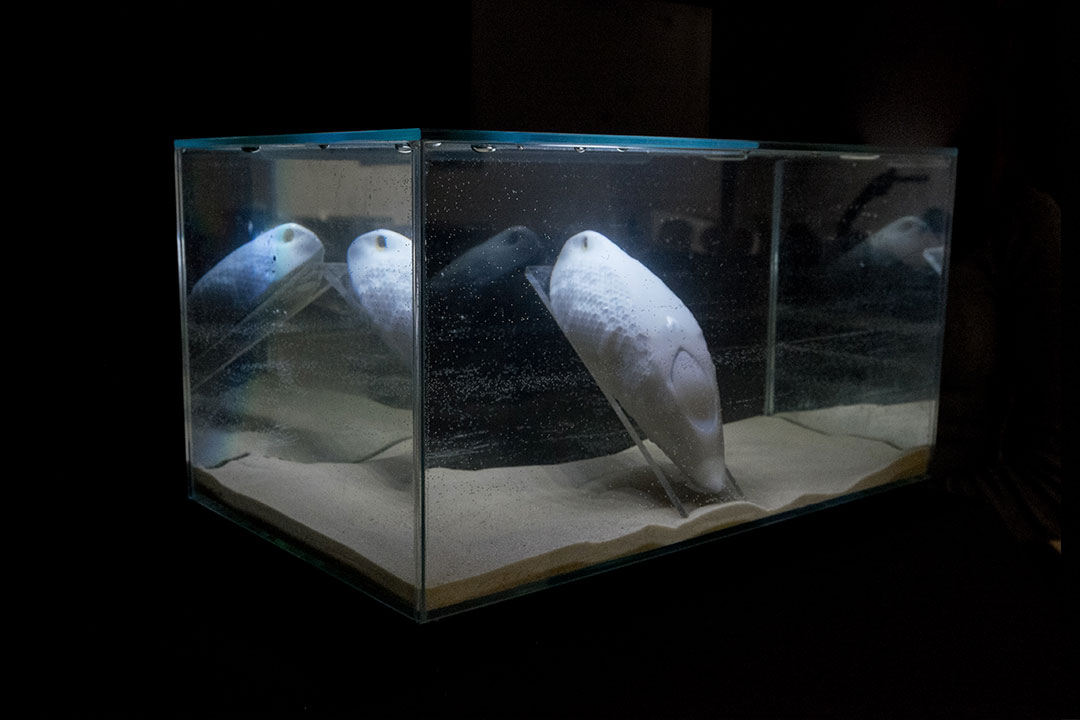Augmented Nature
Augmented Nature is a set of robotic tools that help animals adapt to the mass extinction. The tools enhance the capacities of so called Ecosystem Engineer species to reclaim and change their own habitats.
The project proposes an active and animal-centered alternative to the current conservation efforts. Starting from the premise that humans are part of nature. Hence, efforts that try to separate species or revert nature to a certain state in the past (re-wilding, preservation) are not realistic. Nature is a dynamic system and evolution is as much driven by species adapting to change as it is by species transforming their environment. The approach is explained through two case studies.
The project was developed in close collaboration with the Morphological Computation Lab at Imperial College London and many other scientific partners. For more information visit the Augmented Nature website.

Computational Geometry
The whale tag features lattices on the side that allow for the silicon to grab onto the 3D print. The organic structure in combination with beautiful surfacing references the blend between complex bio-inspired shapes and artificial machined clean geometry.


Integrated Electronics
The whale tag has a functional hydrophone that it uses to collect auditory data for research porposes. It also features an underwater speaker which it uses to give auditory cues to the whale helping it avoid shipping routes.
The peccary tag has four vibration motors and an onboard computer vision algorithm and camera. The vibration motors are used to prompt the peccary to go to areas that need reforestation. The computer vision algorithm meanwhile detects non-timber resources and stores their location to enable humans to a more symbiotic relationship to the rainforest.
